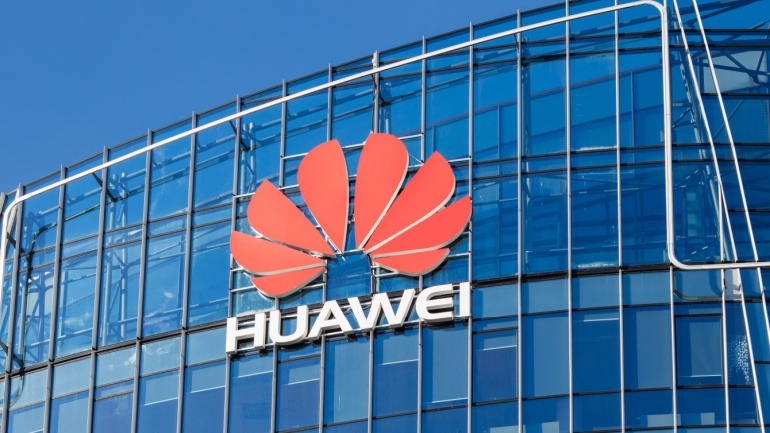Eurofiber and NTT Data’s “Connected Workspace” is redefining digital transformation for Dutch enterprises by integrating private 5G, fiber, and data center infrastructures. This innovative service promises rapid deployment with minimal investments, harnessing Eurofiber’s robust infrastructure.
In an ambitious evolution, Polish energy giant Orlen partners with Microsoft to launch Central Europe’s largest AI initiative. With a $105 billion investment, this collaboration enhances cybersecurity, streamlines operations, and boosts workforce efficiency.
Telstra is cutting hundreds of jobs as it ramps up AI adoption to reduce costs and improve efficiency. Amid rising inflation and energy prices, the company is reshaping its workforce and consolidating AI partnerships. CEO Vicki Brady says Telstra will be smaller but more efficient by 2030.
Indosat is using Nokia’s AI-based energy solution to cut emissions and boost efficiency across its mobile network. The system uses machine learning to manage traffic loads and reduce power usage during low-demand periods, marking a major step in the operator’s shift toward sustainable, tech-driven operations.
Boldyn Networks is reinforcing its European presence with a new strategic structure, unifying operations and leadership across key markets. The integration of Smart Mobile Labs and recent industry recognition highlight its ambition to lead in advanced connectivity solutions for public and private sectors.
Vodafone teamed up with Manna to test how mobile networks can support long-range drone deliveries. While Manna already operates successfully in Ireland and abroad, this collaboration aims to tackle air safety and regulatory hurdles for broader rollout.
Major European firms, including Airbus and BNP Paribas, are urging the EU to delay the AI Act, warning that its complexity could hinder innovation and global competitiveness. While supporting regulation, they call for simpler rules to ensure Europe maintains its AI leadership.
Ooredoo’s innovative AI cloud service in Qatar harnesses advanced Nvidia Hopper GPUs, bolstering sectors such as energy, finance, and healthcare. This cutting-edge development, aligned with Qatar’s Digital Agenda 2030, provides high-performance AI infrastructure locally, ensuring fast, secure data handling.
In a critical legal setback for Huawei, a US judge has denied the company’s attempt to dismiss the majority of charges brought by US authorities. These charges involve serious allegations, including defrauding US financial institutions and breaching sanctions with Iran and North Korea.
Oracle has unveiled a $30 billion annual deal with OpenAI, fueling a major expansion in global data centers. With soaring demand and massive investment, Oracle expects rapid growth in cloud infrastructure, aiming to become a global leader in cloud services.













